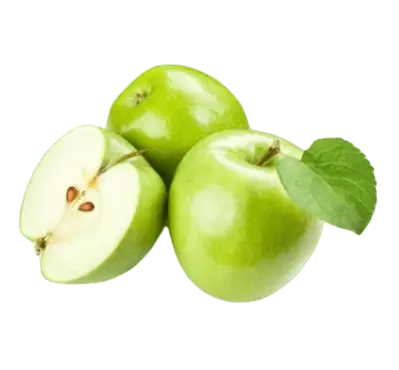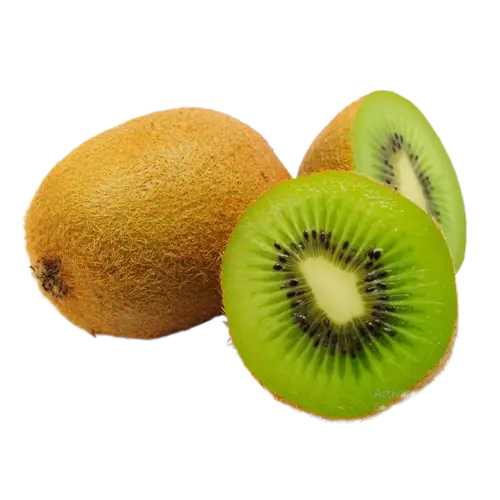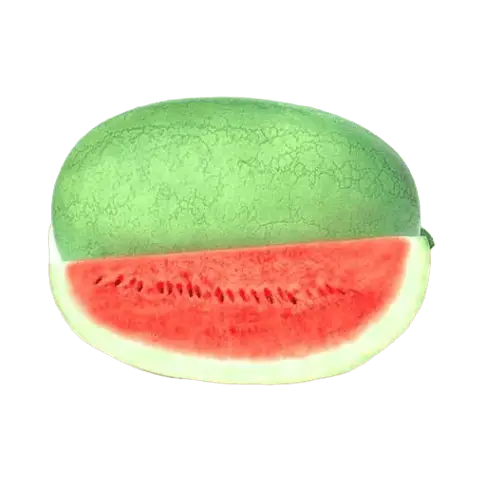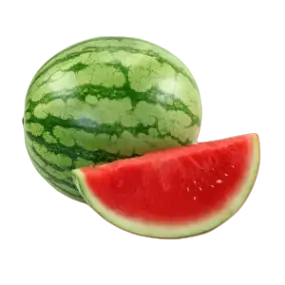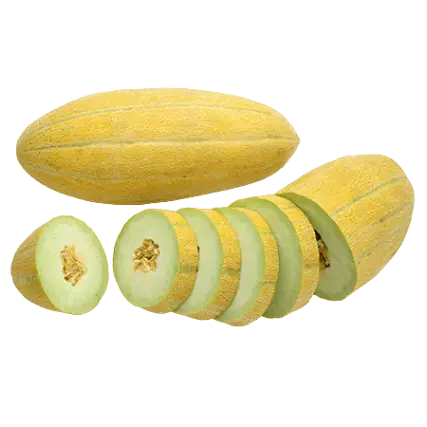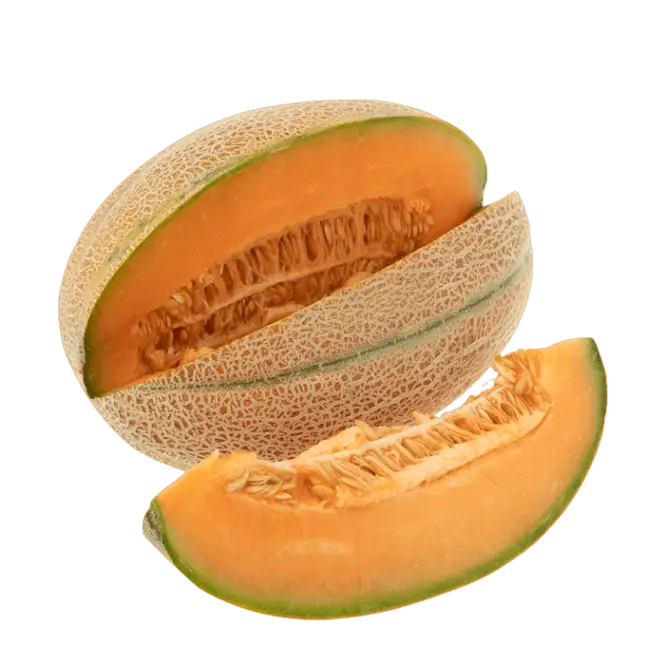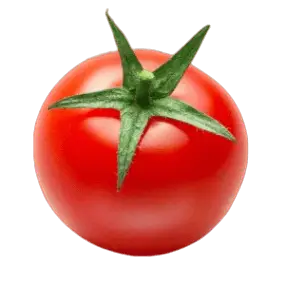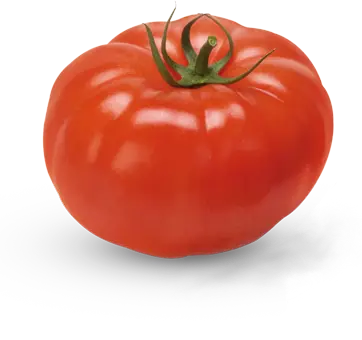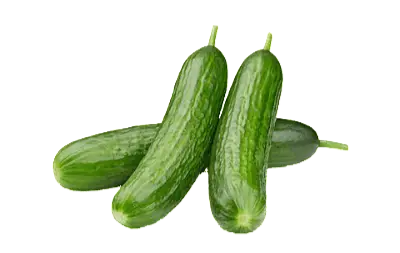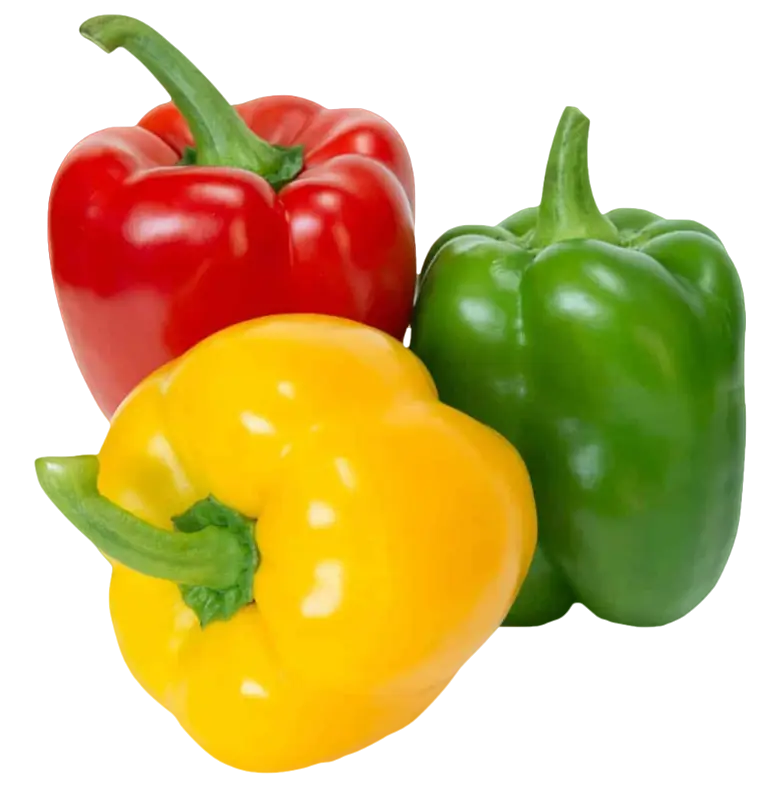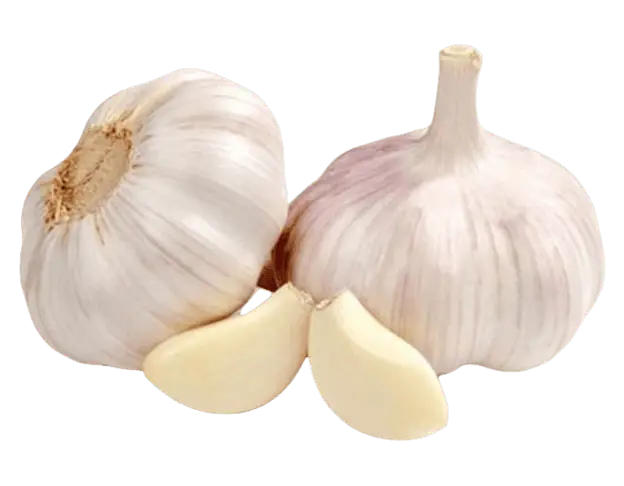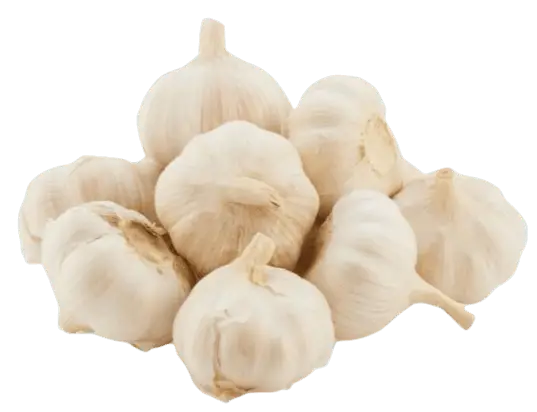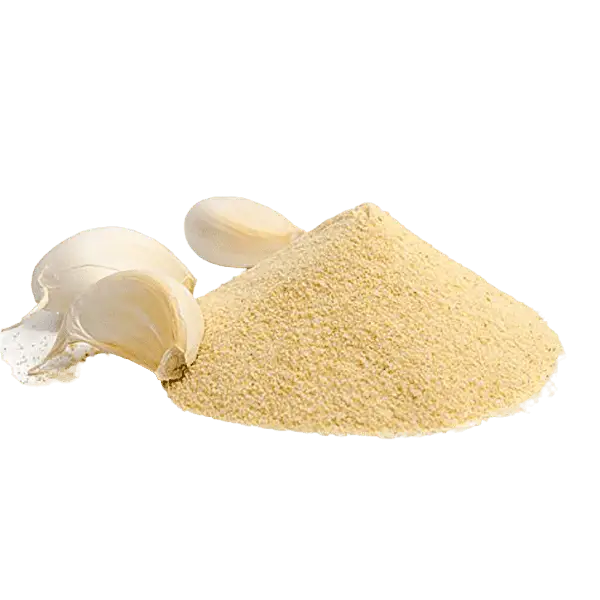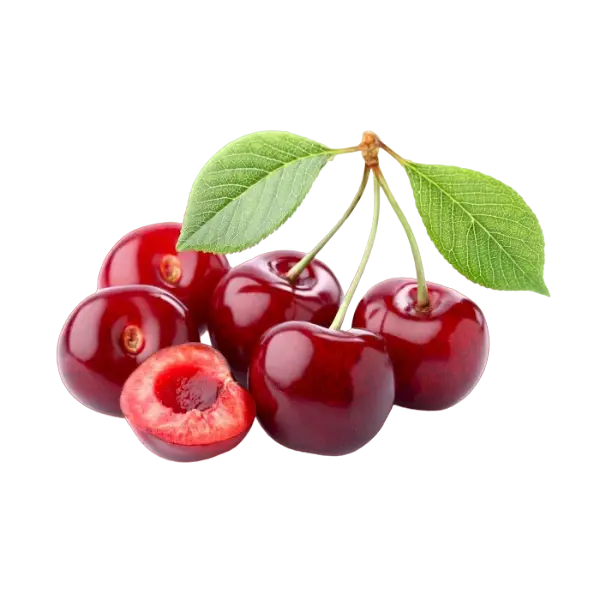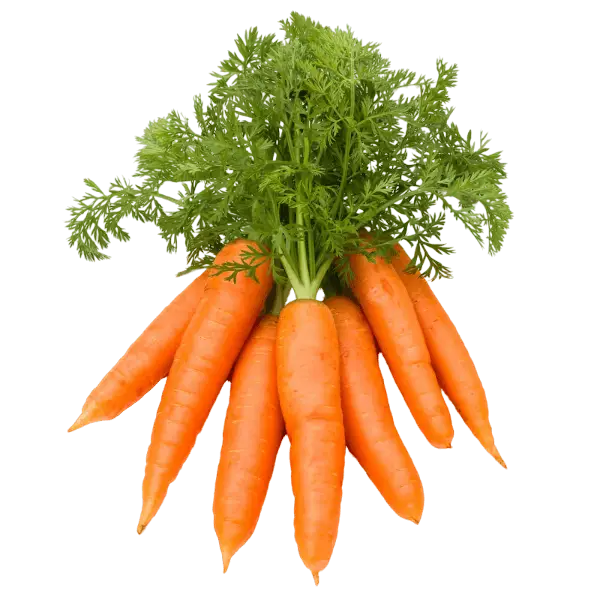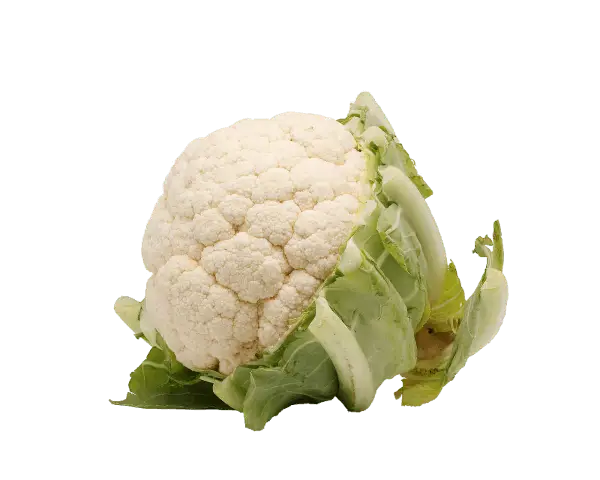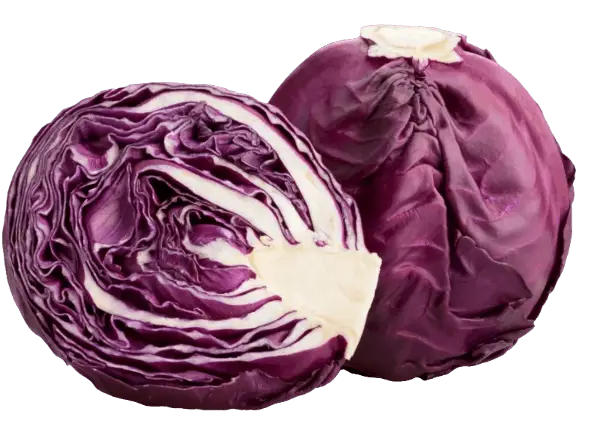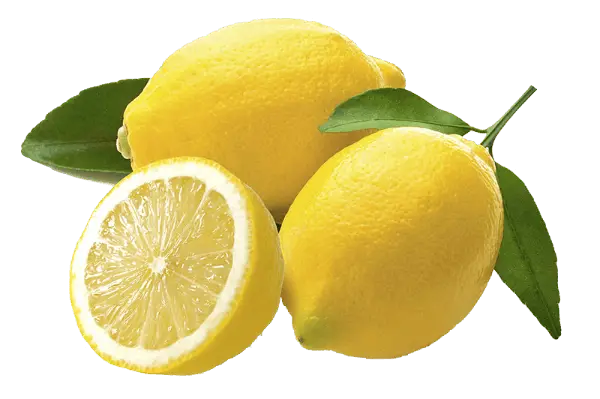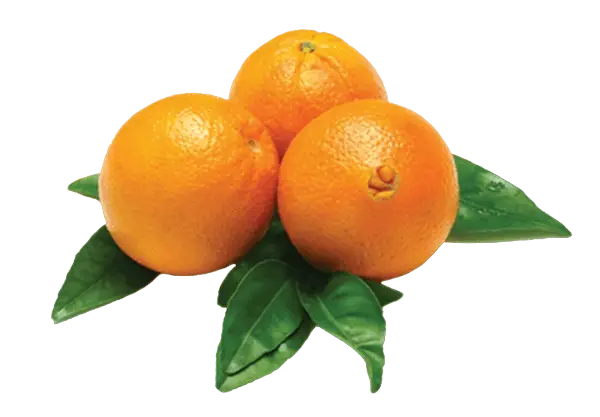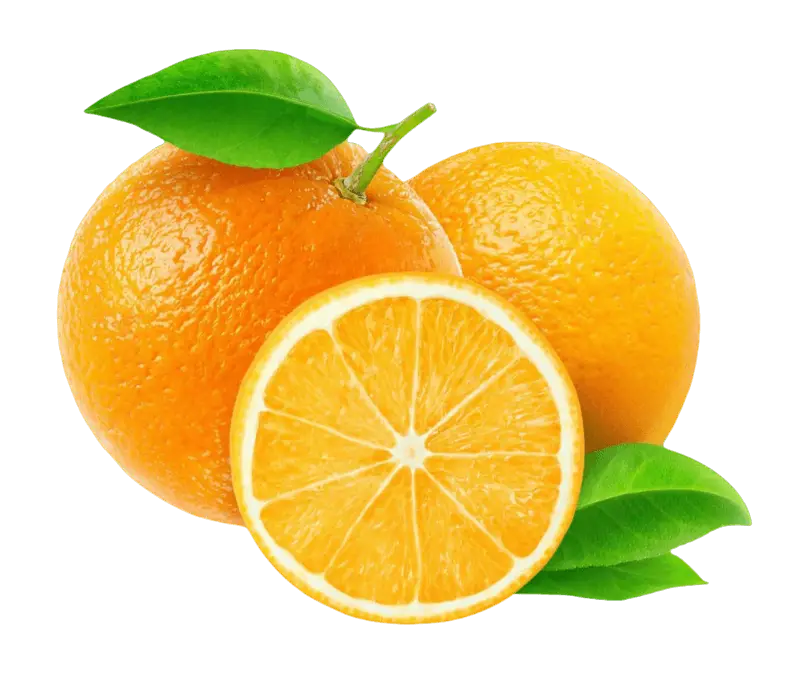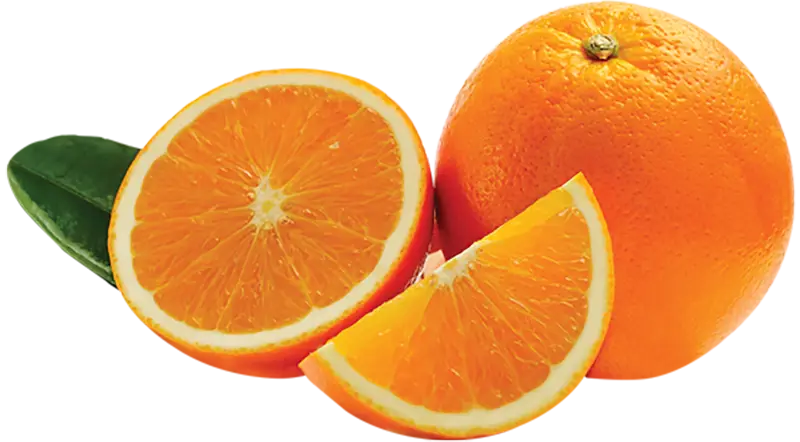Grapes (Keshmeshi)
Grape is one of the fruits that mankind has known for a long time and has used it in different ways throughout the centuries. The grape tree, which is also called the Tak in Iran, has 60 botanical species, the most important of which is the Vitis vinifera species from the Vitis type and from the Vitaceae family. Vine cultivars have the ability to adapt to most of the climates and therefore its cultivation has become common in different regions of the world. In Iran, there are about 400 varieties of Tak, of which approximately 50 varieties are cultivated and exploited at the commercial level in an area equal to 160 thousand hectares. Seedless yellow Grapes (Keshmeshi) is widely cultivated in Iran due to its high productivity, especially in the western regions of Iran, this type of grape is widely compatible with the soil of these regions, the seedless fruit of this type of grape and its versatility for use in products Various, including raisins, is one of its features.
Product Technical Specifications:
Grapes (Keshmeshi) Technical Specifications | ||
No. | Characteristics | Measurement Limit |
1 | Taste and Smell | Natural It should be free from unpleasant odors caused by mold, rancidity or burning. |
2 | Pest Infestation | Negative |
3 | Live Pest | Negative |
4 | Rottenness | Negative |
5 | Abnormal External Humidity | Negative |
6 | Fraction | Negative |
7 | Bad Shape | Max 1 |
8 | Bad Color | Negative |
9 | Frostbite | Max 1 |
10 | Damaged Grapes | Negative |
11 | Unripe Grapes (Weight Percentage) | Max 1 |
12 | Non-Uniformity | Negative |
12 | Dryness | Negative |

Storage Conditions: Although the most appropriate temperature for keeping grapes in the cold room may be slightly different for different cultivars, but as far as experience has shown, the best temperature for keeping grapes grown in the open air is between minus 1.5 and zero degrees Celsius and grapes grown in greenhouses are between zero and +1 degrees Celsius. The important point in this case is to keep the aforementioned temperatures constant and uniform throughout the storage period. The relative humidity of the cold air in the house must be maintained between 90 and 95% during the entire storage period. If the relative humidity is less than 90%, the wood of the cluster and the tail of the grape will dry, and then it will lead to flattening and drying of the grapes. The air circulation in the cold room should be such that the temperature and humidity are the same in all places and corners of the place where the grapes are stored. The optimal volume of air circulation for each ton of grapes should be at least 14 cubic meters per minute. Also, it should be possible to replace and renew the air inside the cold room, and by bringing in outside air, it can be refreshed from time to time.
Certifications:
- Iran National Standards Organization
- Iran Plant Protection Organization
- Standard of Good Agricultural Practices
- Organic Agricultural Products Certification
- physical, chemical and microbial analyzes from the most reliable laboratories
- HACCP
- ISO
- FSSC
- IFS
- SGS
- BRC
| Serving Size | 100g |
|---|---|
| Calories | 57 |
| Total Fat 0.5g | 1% |
| Sodium 1mg | 0% |
| Total Carbohydrate 14g | 5% |
| Dietary Fiber 3.9g | 14% |
| Protein 0.8g | 2% |
| Iron 0.3mg | 2% |
| Calcium 37mg | 3% |
| Potassium 203mg | 4% |



